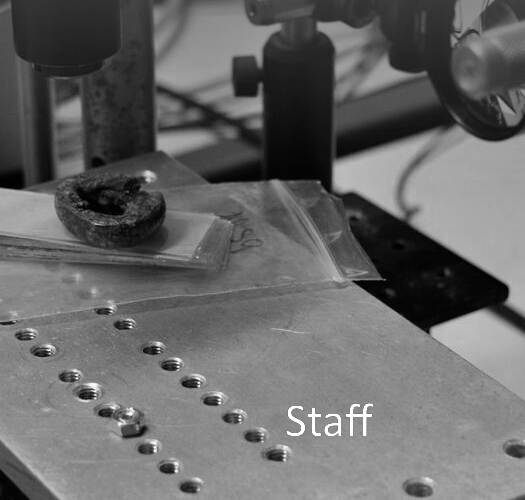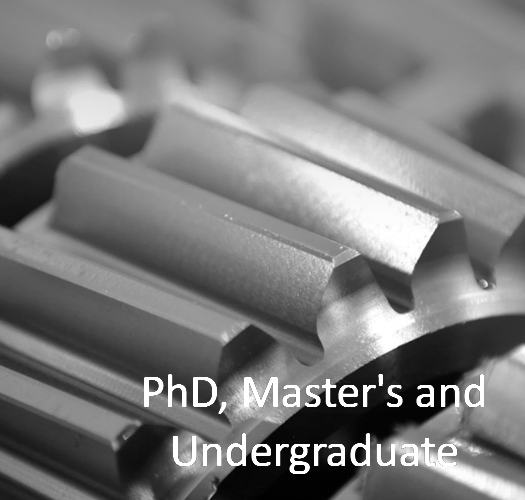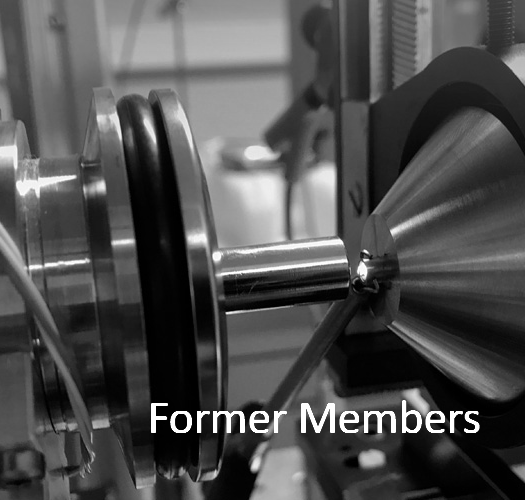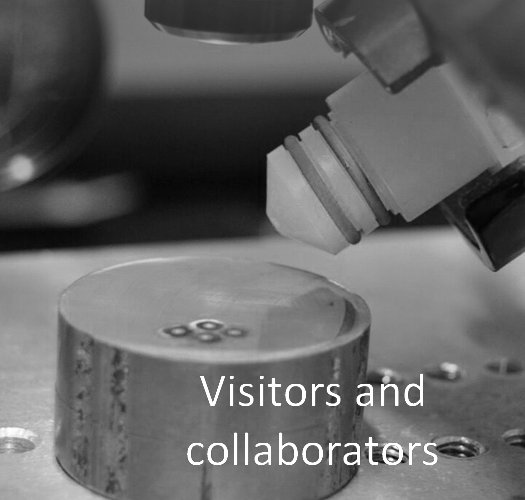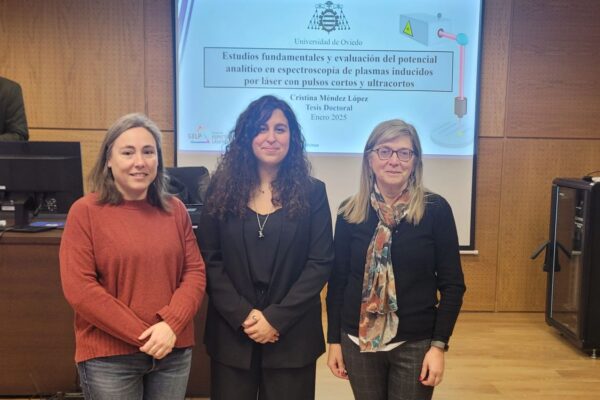Atmospheric Pressure Glow Discharge Spectroscopy
GELP’s experience in Glow Discharges opened the door to the design, characterization and study of the analytical potential of Atmospheric-Pressure Glow Discharges (APGD). In the last years, this kind of glow discharges have revolutionized the ionization sources available in the market. APGD’s are non-expensive, fast and easy-to-use sources due to the low need for sample preparation and the lack of vacuum systems to sustain the discharge.
Latest works at GELP in this area have been focused on the study of the species generated through several sources designed in the group, having demonstrated the usefulness of this ionization sources as they offer robust, stable results.Currently, GELP studies the use of APGD sources for the analysis of gaseous samples containing organic and other volatile compounds, as well as the effect of said samples on the generated plasma.
(más…)
Read More
Laser Ablation Inductively Coupled Plasma Mass Spectrometry
Laser ablation inductively coupled plasma mass spectrometry (LA-ICP-MS) has evolved into a well-established technique for both fast qualitative and quantitative elemental mapping, characterized by high lateral resolution (micrometers) and high sensitivity. A pulsed laser (e.g., ns or fs) is employed at a certain repetition rate (typically > 10 Hz), with the sample-mounted stage moving beneath the laser beam, operating in a laser raster mode. The laser-induced aerosol is transported from a sealed ablation chamber to the ICP-MS using a continuous flow of inert gas, such as helium. Wash-out times for conventional low-dispersion laser-ablation cells are in the order of tens of ms, although recently developed ultra-fast response cells have been able to reduce the duration of individual LA signals to less than ms
(más…)
Read More
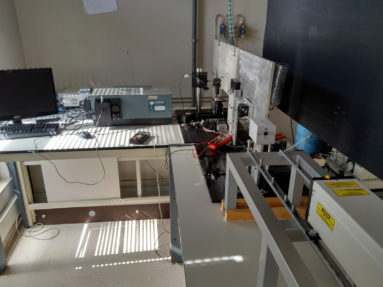
Previous ns-LIBS experimental set-up
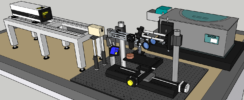
Current ns-LIBS experimental set-up
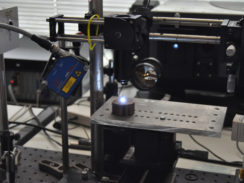
Spatially resolved light collection
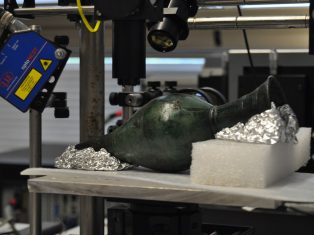
Archaeological analysis
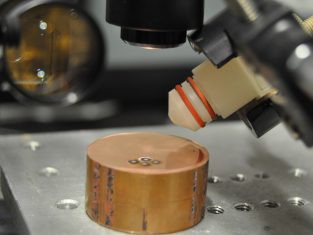
Nebulization system

Current fs/ns-LIBS set-up

Detail of the orthogonal double pulse configuration

Simplified schematics of the fs/ns-LIBS set-up
Laser-Induced Breakdown Spectroscopy
One of the plasma generation procedures handled by the research group is the use of high-intensity pulsed lasers. The LIBS technique, acronym for Laser-Induced Breakdown Spectroscopy, is based on the analysis of laser-generated plasmas and its origin dates back to the decade of the 1960s, in parallel with the appearance of the first lasers. LIBS is used for the detection and quantification of chemical elements in all types of samples, regardless of their state of aggregation, since its application is common either on solid, liquid and gaseous samples. LIBS represents a versatile technique that implies a low-cost implementation, proving to be a promising technique called to compete in certain sectors against traditional detection systems.
(más…)
Read More
Solution Cathode Glow Discharge Optical Emission Spectroscopy
Glow Discharges operating at atmospheric pressure have shown a strong analytical potential for the fast analysis of liquids. In particular, the electrolyte-cathode atmospheric glow discharge (ELCAD) or Solution Cathode Glow Discharge (SCGD) is an alternative source for a fast elemental analysis of liquids.
In essence, ELCAD, introduced by Cserfalvi et al.[1] in 1993, is a conically shaped GD microplasma with 3-4 mm base diameter and 3 mm height, operating between an electrolytic solution cathode and a metal (tungsten) rod anode under ~1 kV plasma voltage and 70 mA discharge current (see Figure 1). In ELCAD/SCGD, the electrolytic solution serves as the sample, just as the solid cathode does in conventional, low-pressure glow discharges. ELCAD has important advantages over conventional, nebulization-based analytical techniques, e.g., inductively coupled plasma (ICP)-OES/MS, which are extensively used as reference techniques for inorganic analysis. ICP-OES/MS requires high power (>1 kW) and gas (>15 L min-1 Ar) consumption, along with the need for vacuum equipment in the case of ICP-MS. These operating conditions effectively tie ICP-OES/MS to the laboratory. As an alternative, ELCAD has a small footprint, low power consumption (75 W), and operates in atmospheric pressure air [2].
(más…)
Read More
Pulsed Glow Discharge Time-of-Flight Mass Spectrometry
GELP has a long experience in the field of low-pressure glow discharges (GD) coupled to both Optical Emission Spectroscopy (OES) and Mass Spectrometry (MS). The lines of research the group has taken part in include instrumental developments, fundamental studies about the plasma processes and the development of analytical applications.
In the last years, the research activity of GELP in low-pressure GD has been focused on the study and optimization of a Radiofrequency Glow Discharge Time-of-Flight Mass Spectrometry (RF-GD-TOFMS) prototype, which was developed in the frame of the European project New Elemental and Molecular Materials by Modulated RF-GD-TOFMS (EMPDA). These investigations have been focused on the improvement of the GD source design and the study of the capabilities of the pulsed operation mode for depth profiling of a great variety of solid samples.
(más…)
Read More












